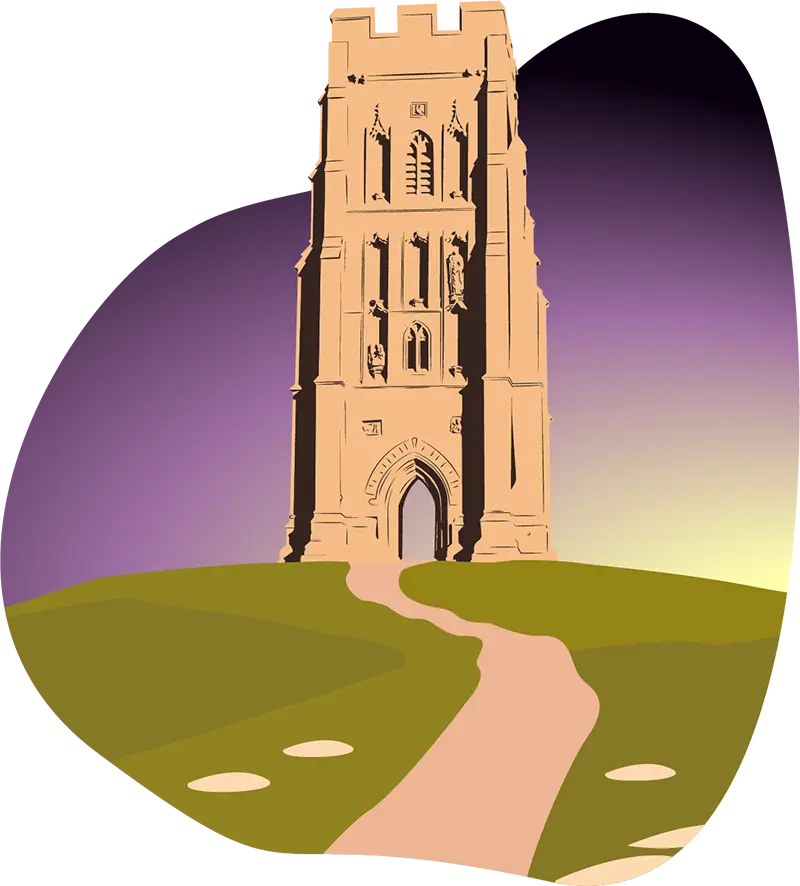WHY Avalon?
The Matter of Britain
In Arthurian lore, Avalon stands as a sacred and elusive island—both a sanctuary and a realm of enchantment. Ruled by the fairy queen Morgana, it is the legendary forge of Excalibur and, in Celtic tradition, a mythic “Isle of the Dead” where heroes find eternal rest. King Arthur is said to lie in repose on the isle, awaiting his prophesied return to the world of the living.
As a threshold between worlds, Avalon defies fixed geography in our mortal realm. In the 12th century, Chrétien de Troyes placed Avalon in Cornwall. By the century’s end, however, a new tradition emerged: the island became inextricably linked to Glastonbury in Somerset, nestled at the foot of the sacred Tor Hill. This site, steeped in both pagan and Christian symbolism, has since drawn pilgrims and seekers, cementing its place as the heart of Avalon’s enduring myth.


Intercontinental links of Celtic culture
Beyond the United Kingdom, the search for the mythical island of Avalon or Avallon, leads to a web of Celtic place names across France—“aval,” “aballo,” “aball,” “afal”—all echoing the ancient Celtic words for apple or apple tree. These linguistic traces, scattered from Brittany to the heart of Gaul, suggest possible anchors for Avalon’s ever-shifting presence, a realm said to drift between the earthly and the spiritual.
One such place is Avallon, a town in the department of Yonne in Burgundy—a region deeply tied to my own roots. Its name, derived from the Eduen people of Celtic Gaul, translates to “apple orchard,” a meaning that resonates with Avalon’s legendary identity. According to some interpretations, Avallon stands as a compelling candidate for the island’s mythical location, bridging the Celtic worlds of France, Ireland, and Great Britain.
My expertise
Humanities
Culture
Sustainable development
Ecology
Leisure Outdoor sports,
Tourism
Performing arts
You have a translation project


